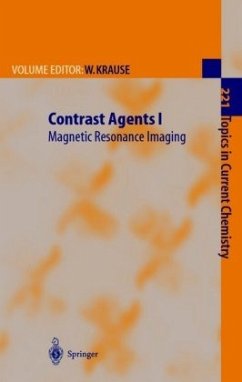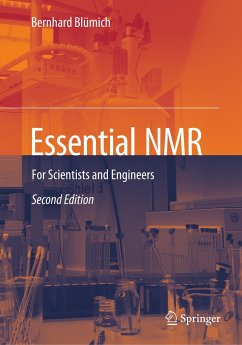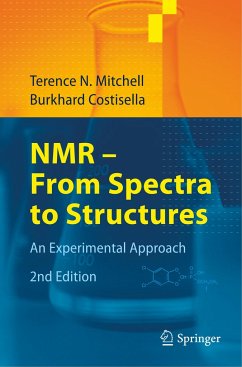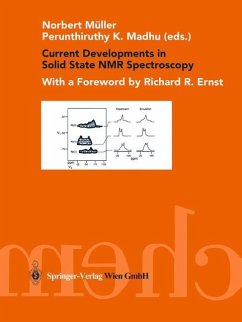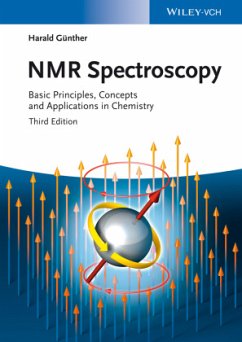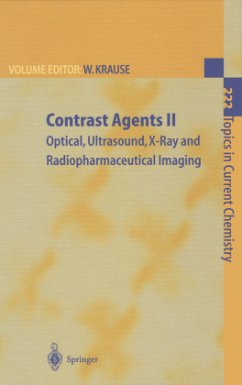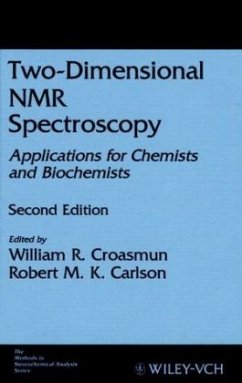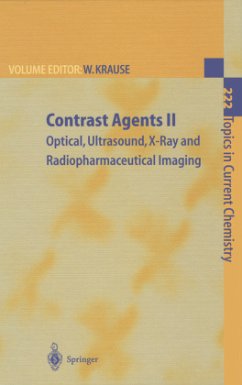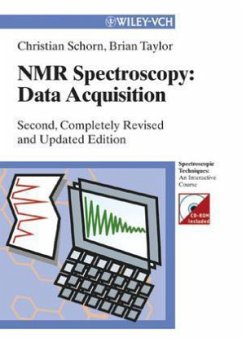
Contrast Agents I
Magnetic Resonance Imaging
Herausgegeben: Krause, Werner

PAYBACK Punkte
115 °P sammeln!
Extracellular MRI and X-ray contrast agents are characterized by their phar- cokinetic behaviour.After intravascular injection their plasma-level time curve is characeterized by two phases. The agents are rapidly distributed between plasma and interstitial spaces followed by renal elimination with a terminal half-live of approximatly 1-2 hours. They are excreted via the kidneys in unchanged form by glomerular filtration. Extracellular water-soluble contrast agents to be applied for X-ray imaging were introduced into clinical practice in 1923. Since that time they have proved to be most valuabl...
Extracellular MRI and X-ray contrast agents are characterized by their phar- cokinetic behaviour.After intravascular injection their plasma-level time curve is characeterized by two phases. The agents are rapidly distributed between plasma and interstitial spaces followed by renal elimination with a terminal half-live of approximatly 1-2 hours. They are excreted via the kidneys in unchanged form by glomerular filtration. Extracellular water-soluble contrast agents to be applied for X-ray imaging were introduced into clinical practice in 1923. Since that time they have proved to be most valuable tools in diagnostics.They contain iodine as the element of choice with a sufficiently high atomic weight difference to organic tissue. As positive contrast agents their attenuation of radiation is higher compared with the attenuation of the surrounding tissue. By this contrast enhancement X-ray diagnostics could be improved dramatically. In 2,4,6-triiodobenzoic acid derivatives iodine is firmly bound. Nowadays diamides of the 2,4,6-triiodo-5-acylamino-isophthalic acid like iopromide (Ultravist, Fig. 1) are used as non-ionic (neutral) X-ray contrast agents in most cases [1].



